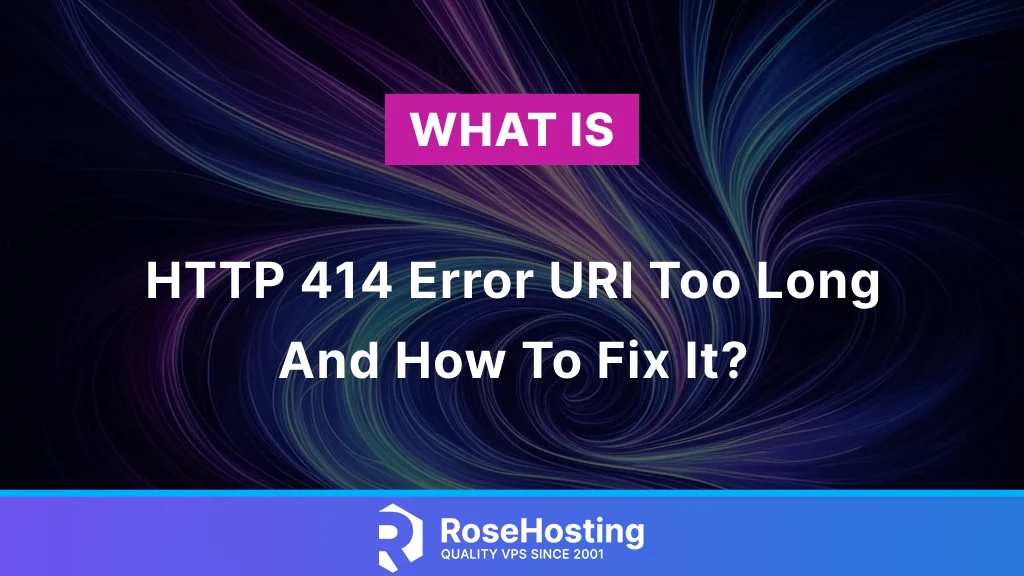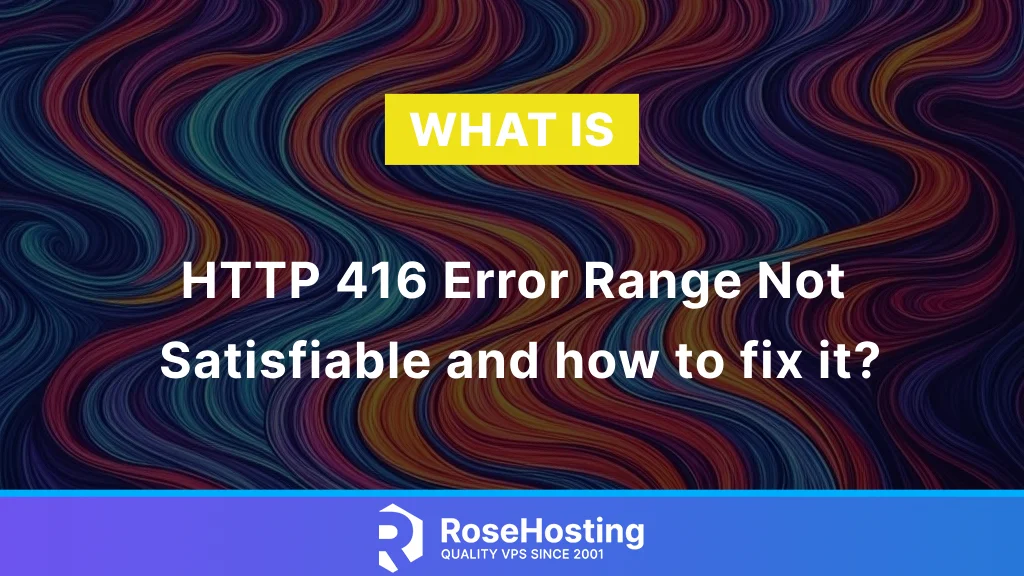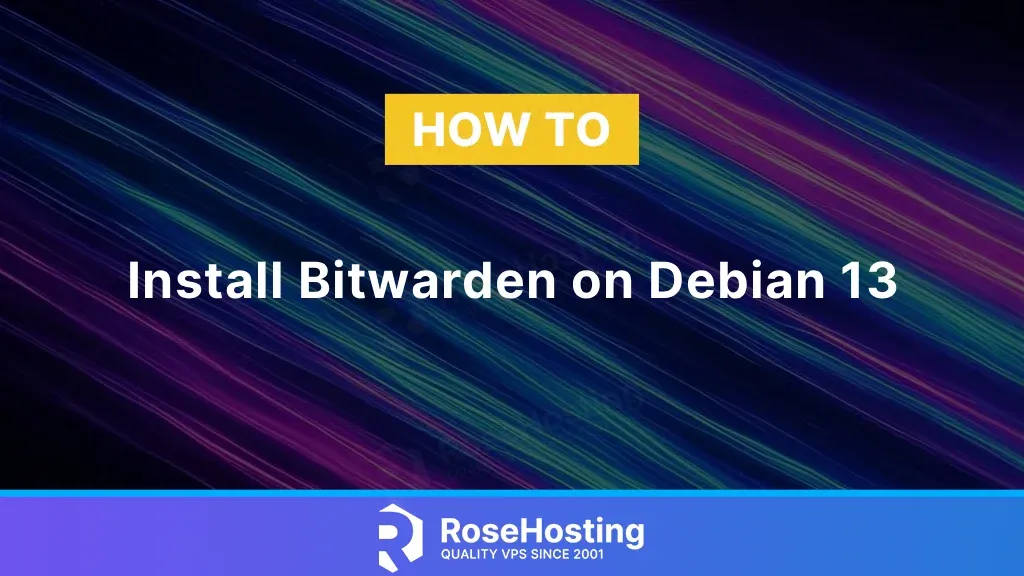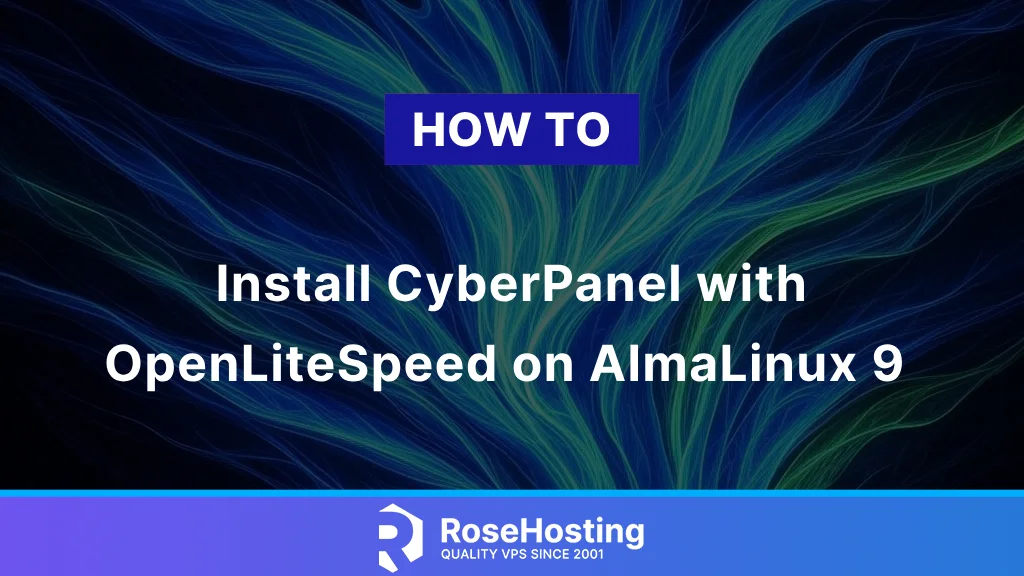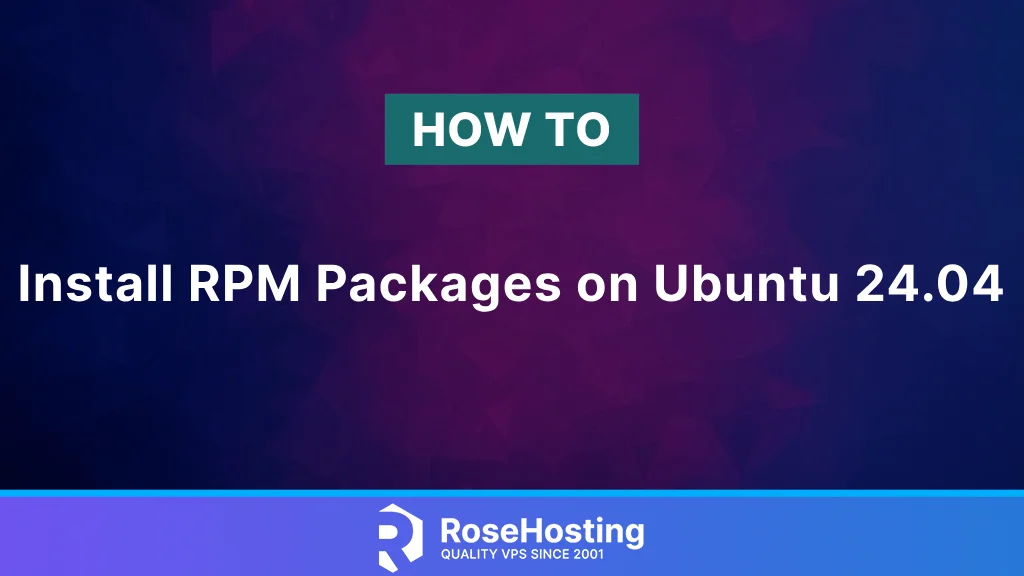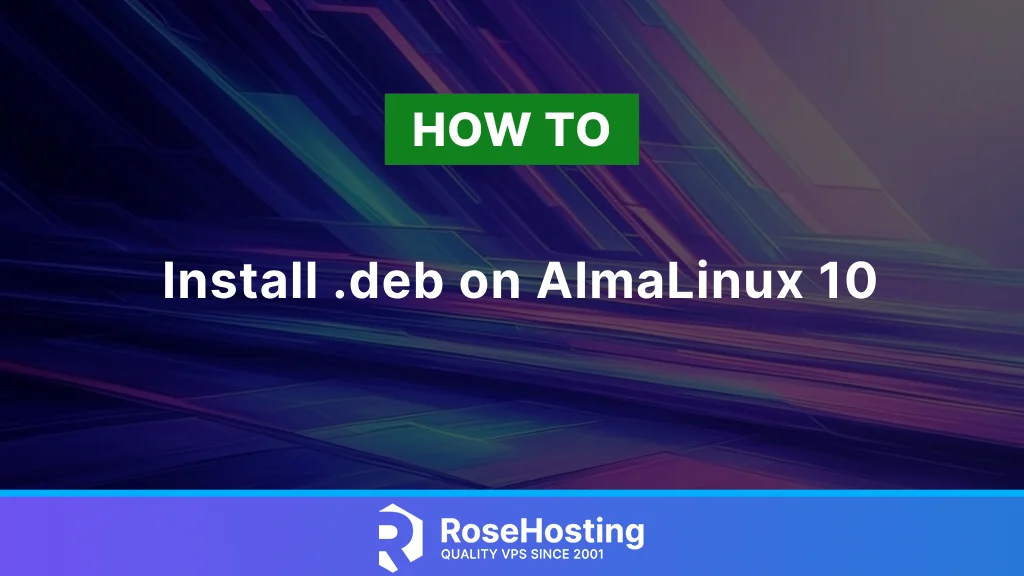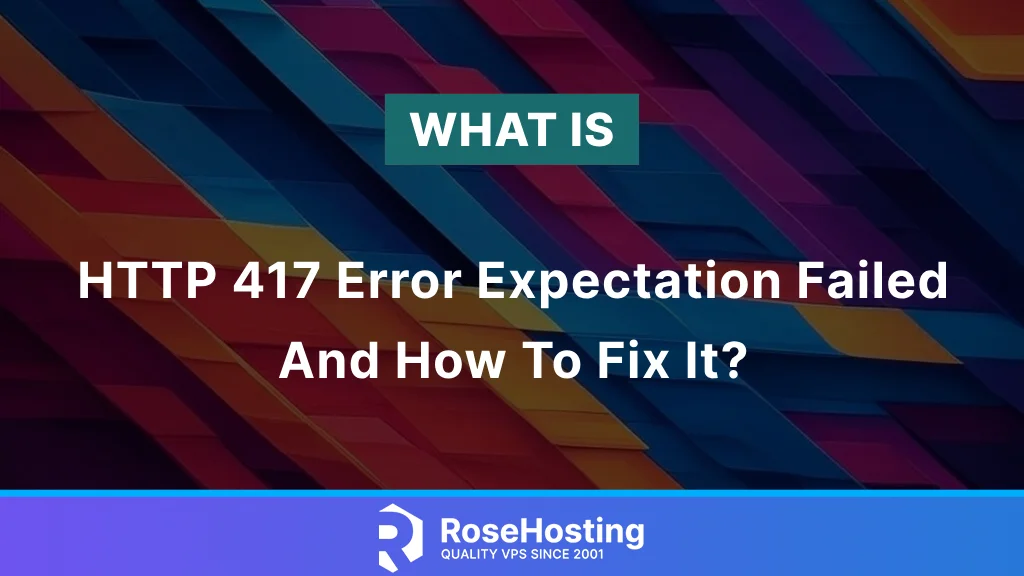
In this blog post, we will explain what the HTTP 417 Expectation Failed error is and how to fix it. The HTTP 417 Expectation Failed error occurs when the server can not fulfill the expectations set by the client in the Expect header of the HTTP request. The Expect header field in the request indicates a specific set of expectations that the server must support to handle the request successfully. In the following paragraphs, we will provide a more detailed explanation of the HTTP 417 error. We’ll discuss its causes and potential solutions.
The steps for fixing the HTTP 417 are straightforward. For this tutorial, you will need approximately 10 minutes to read and understand the material. Let’s get started!
